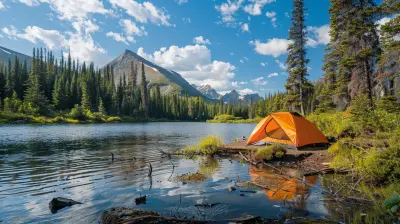Unraveling the Mysteries of Ancient Tombs and Burial Grounds
3 August 2025
Have you ever stood in front of an ancient tomb and wondered who laid there, what their life was like, and what secrets they took with them to the grave? You're not alone. From the majestic pyramids of Egypt to the eerie burial mounds of Europe, ancient tombs and burial grounds have fascinated us for centuries. They whisper stories from the past, stories that we’re still uncovering, one excavation at a time.
In this article, we’re going to take a journey across time and place. We’ll dig deep (pun totally intended!) into some of the world’s most mysterious burial sites. You don’t need an archaeologist’s trowel—just a curious mind and a thirst for historical adventure. Ready for the ride? Let’s go!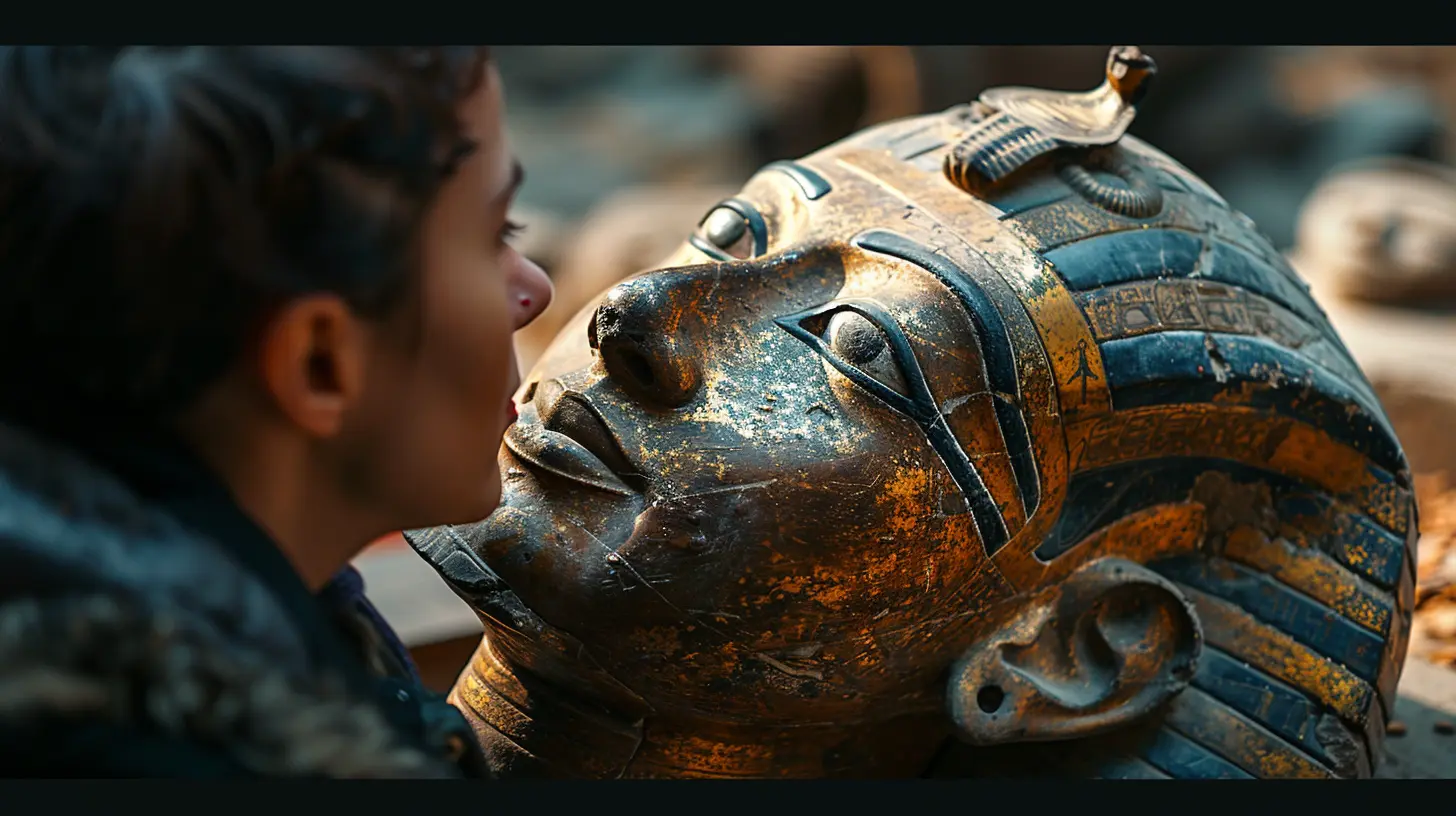
Why Are We So Fascinated with Burial Grounds?
So, what is it about ancient tombs that draws us in? Is it the mystery? The sense of timelessness? Or maybe it’s that spine-tingling feeling that we’re walking in the footsteps of people who lived—and died—thousands of years ago.Burial sites aren’t just spots where people laid down for good. They’re snapshots of ancient lives, cultures, and beliefs. Each tomb has a tale, and each grave holds clues. Tombs can tell us how people lived, what they valued, how they treated their dead, and even what they feared.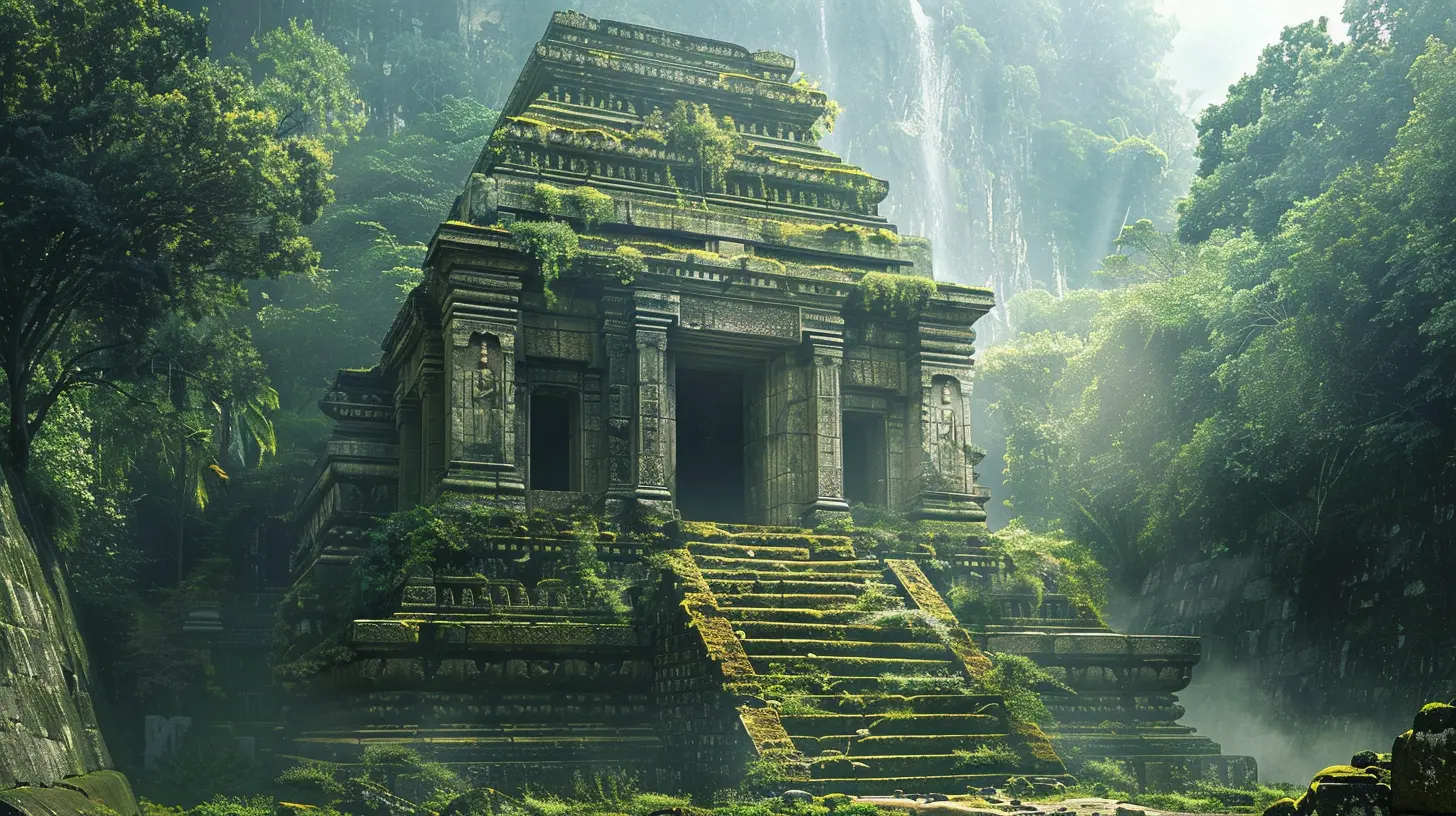
The Pyramids: More Than Just Pointy Buildings
Let’s start with the big one. Literally.The Egyptian Pyramids
The Great Pyramids of Giza are the most iconic tombs in the world. Built over 4,500 years ago, they were designed as monumental resting places for pharaohs. But these weren’t just royal graves—they were spiritual elevators to the afterlife.And while we often focus on the scale and engineering, the real mystery lies inside. Pharaohs were buried with items they thought they’d need in the afterlife: gold, food, servants (sometimes real ones!), and even written spells. These tombs give us a glimpse into a religion and worldview completely different from our own.
Hidden Chambers Still Unfound?
Even today, with all our tech and satellites, we still haven’t found everything inside. Some archaeologists believe there are hidden chambers yet to be discovered. Imagine stumbling across a secret room, untouched for thousands of years!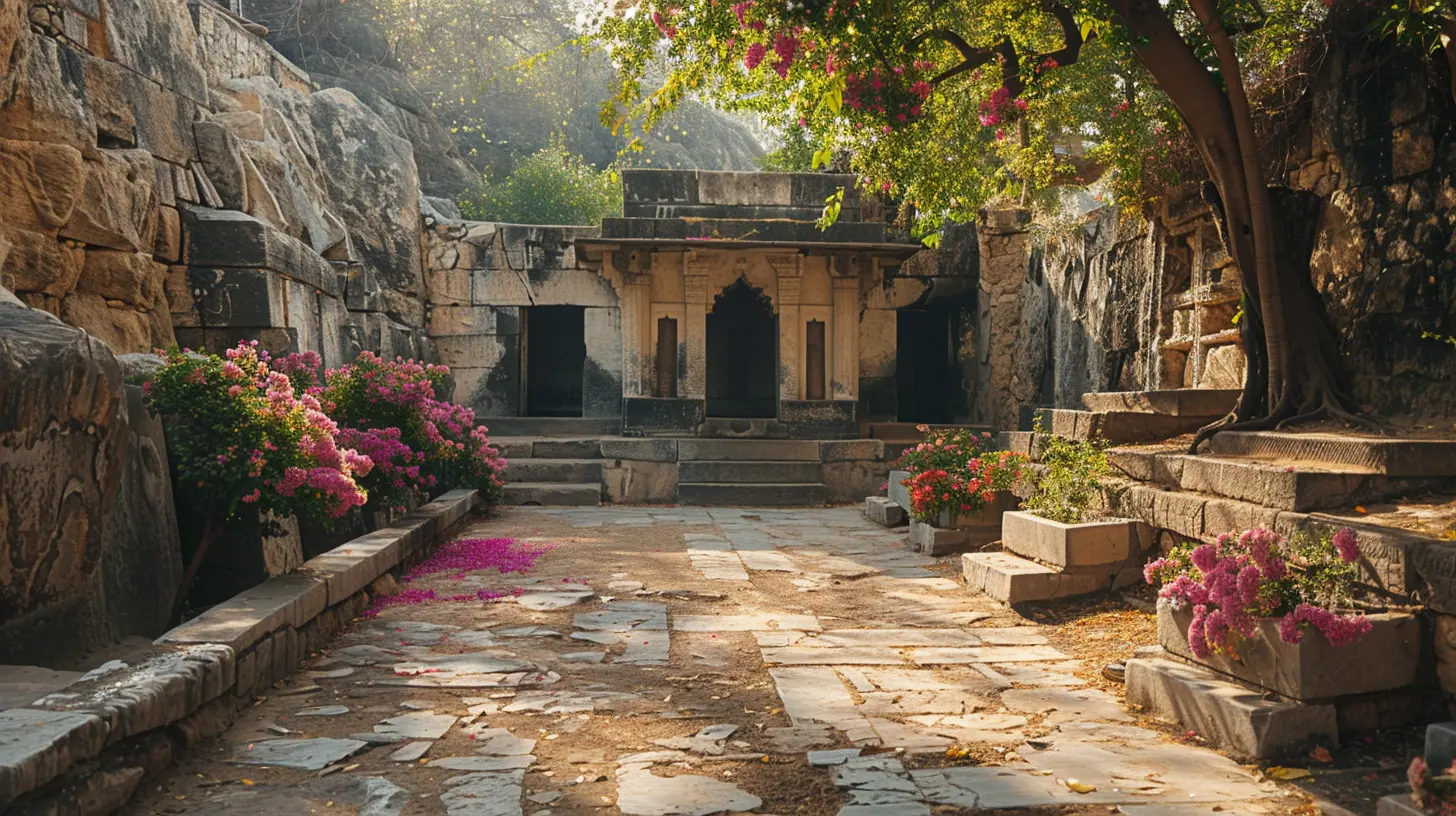
China’s Terracotta Army: A Silent Legion
Now, hop over to China. In 1974, some farmers digging a well stumbled on what might be the most mind-blowing burial discovery of the century: the Terracotta Army.The Mausoleum of Emperor Qin Shi Huang
This wasn’t just a tomb—it was an entire underground kingdom. The first emperor of China, Qin Shi Huang, believed he’d continue ruling after death. So, he built thousands of life-sized clay soldiers (complete with horses, chariots, and weapons) to protect him in the next world.No two faces are alike, by the way. Every statue is unique. That’s dedication.
Still, the main tomb of the emperor remains sealed. Some believe it's protected by traps and flowing mercury. Talk about ancient security systems!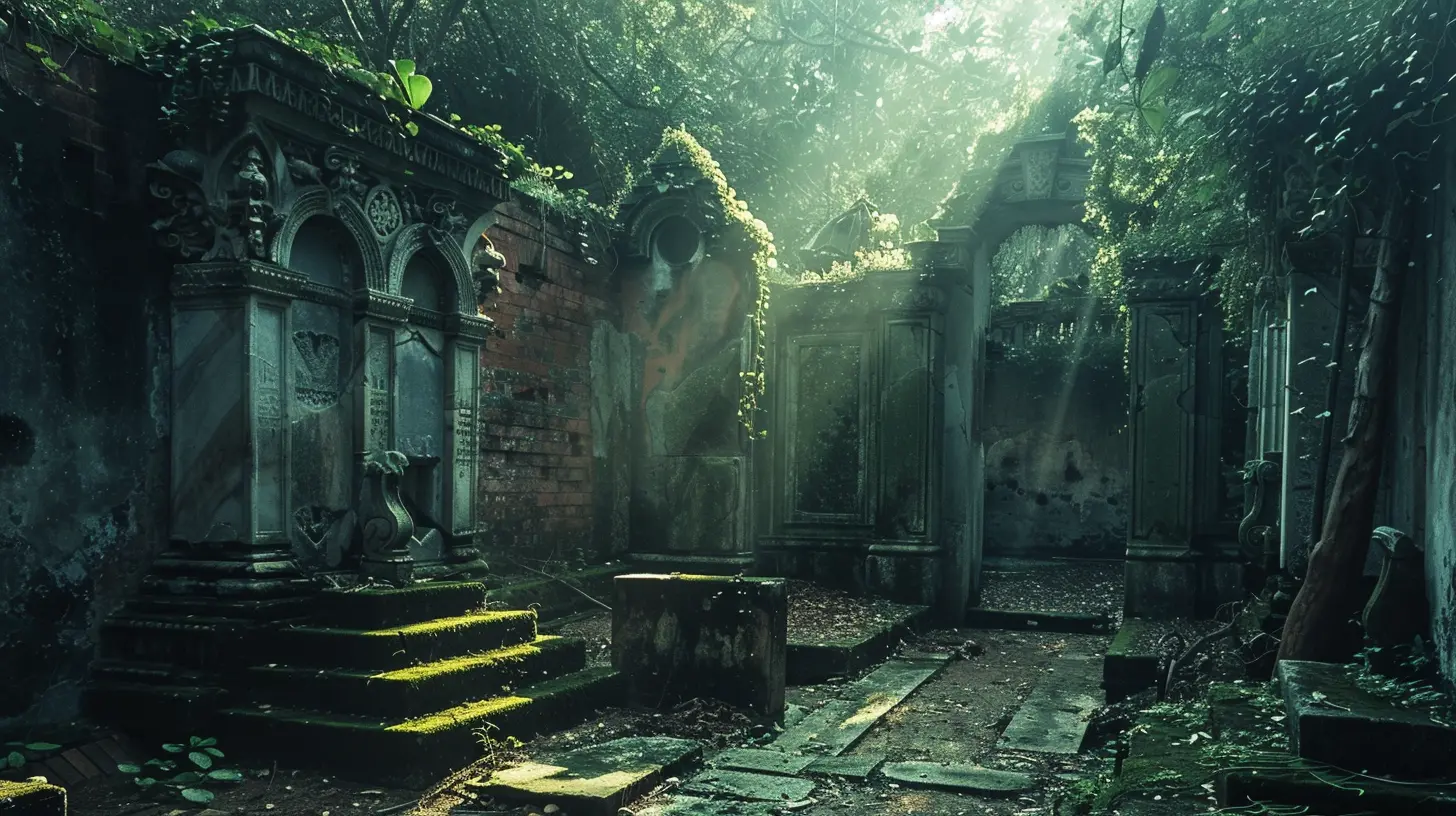
Europe’s Burial Mounds: Silent Hills with Loud Stories
You’ve probably passed by one before—a strange little hill in the middle of a pasture and thought nothing of it. But in Europe, many of these are actually ancient burial mounds.Sutton Hoo, England
One of the most famous discoveries came from a quiet field in Suffolk. In 1939, archaeologists unearthed a ship burial—yes, a boat used as a coffin—believed to belong to an Anglo-Saxon king.Inside? A treasure trove of gold, weapons, and artifacts that completely changed our understanding of early medieval history in England. And let’s be honest, who doesn’t want to find buried treasure?
Newgrange, Ireland
Even older is Newgrange in Ireland. It’s a massive passage tomb that predates the pyramids! Every year, during the winter solstice, sunlight lines up perfectly with the entrance, illuminating the inner chamber. Coincidence? Definitely not.These ancient engineers knew exactly what they were doing.
The Americas: Sacred Grounds and Lost Civilizations
Let’s not forget the other side of the world.The Valley of the Kings, Egypt’s Cousin in Spirit
Similar to Egypt’s elaborate burial grounds, the Americas have their own sacred sites that are just as mesmerizing.The Nazca Tombs of Peru
You’ve probably heard of the Nazca Lines. But did you know nearby are desert-dry tombs with incredibly well-preserved mummies? Thanks to the climate, these “bundled” bodies still have skin, hair, and clothing intact. Some have even been found with elongated skulls and mysterious tattoos. Creepy, but undeniably cool.Mississippian Burial Mounds, USA
Right in the heart of North America, ancient Native American cultures like the Mississippians built enormous mounds for ceremonies and burials. Cahokia Mounds in Illinois once held an entire city—larger than London in its day! And the mounds? They weren’t just graves—they were platforms for temples and elite homes. It was a thriving metropolis… now just grassy humps.Asia’s Forgotten Tombs: Hidden in Plain Sight
Not all tombs are flashy. Some are hidden beneath mossy hills or jungle canopies, quietly holding their secrets.The Tombs of Korea
The Silla Dynasty tombs in South Korea look like gentle green hills, but inside are intricate burial chambers packed with gold crowns, weapons, and clay figures. They almost look like Hobbit holes from the outside—proof that history has a sense of humor.Japan’s Kofun
Then there’s Japan’s Kofun tombs, shaped like keyholes when viewed from above. These massive structures are often off-limits to the public, as many are considered sacred. But satellite imagery has shown their incredible scale and alignment.What’s in them? That’s still a mystery.
What Can We Learn from Ancient Tombs?
Surprisingly, a lot.1. Culture & Beliefs: Burial customs reflect how people viewed life, death, and what comes after.
2. Social Hierarchy: The more elaborate the tomb, the higher the status. Some burials show stark contrasts between the elite and common folk.
3. Art & Technology: Tombs often contain cutting-edge tech of their time—stonework, metallurgy, even early forms of engineering.
4. Trade & Connections: Objects found in tombs often come from far-off lands, showing ancient trade routes and cultural exchanges.
Are There Still Tombs Left to Be Found?
Short answer? Absolutely.Many ancient civilizations either didn’t leave behind written records or got wiped out by time. Their tombs are still out there, waiting to be discovered. Every year, archaeologists make new finds—from cave burials in the Himalayas to crypts in the Middle East.
In fact, you might have walked over one without even realizing it.
The Ethics of Tomb Exploration: Just Because We Can, Should We?
Alright, here’s a question no one talks about enough. Is it okay to open ancient graves?Some argue that disturbing the dead—especially without permission from their descendants—is unethical. Others say it's vital for understanding human history. Museums and archaeologists are becoming more mindful, often collaborating with indigenous and local communities before conducting excavations.
It’s a delicate balance of curiosity and respect.
Planning a Visit? Here Are Must-See Burial Sites
Fancy seeing these wonders in person? Here are a few places to add to your historical bucket list:- Valley of the Kings (Egypt): Visit the tomb of Tutankhamun and feel the legends in the air.
- Sutton Hoo (UK): Step into early medieval mystery.
- Terracotta Army (China): Get lost among thousands of silent soldiers.
- Newgrange (Ireland): Time your trip to the winter solstice for the full experience.
- Cahokia Mounds (USA): Appreciate the lost grandeur of North America's ancient city.
Final Thoughts: Tombs Are Time Machines
In the end, ancient tombs aren’t just burial sites—they’re time machines. They let us peek into worlds long gone, into lives lived, dreams dreamed, and rituals practiced. Whether you're a history buff, a curious traveler, or just someone who loves a good mystery, ancient burial grounds give you that magical connection to our shared human past.So next time you come across a strange mound or step into a dark chamber filled with echoes of the past, remember—you’re not just looking at death. You’re looking at life, preserved forever.
Who knew death could teach us so much about living?
all images in this post were generated using AI tools
Category:
Historical SitesAuthor:

Kelly Hall
Discussion
rate this article
1 comments
Francesca Harper
Exploring ancient tombs feels like stepping into a time machine! Each site whispers secrets of the past, igniting curiosity and a sense of wonder. Truly captivating!
August 13, 2025 at 4:23 AM

Kelly Hall
Thank you! I'm glad you feel that sense of wonder—each tomb does hold fascinating stories waiting to be discovered.

